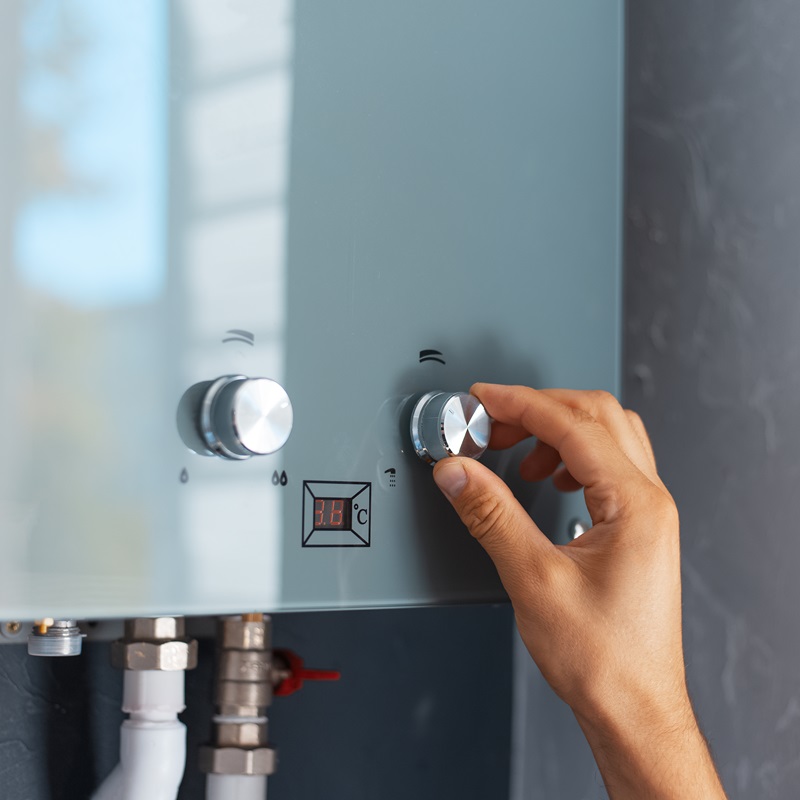Choose from a range of geyser sizes to suit your family.
Choose from a range of geyser sizes to suit your family.
Blog Article
How to Choose the Right Geyser to Take Full Advantage Of Energy Efficiency in your house
Selecting an energy-efficient geyser is not as straightforward as it appears, requiring mindful analysis of various variables. From comprehending the different sorts of geysers, to reviewing their energy performance scores and considering placement approach, each decision plays a vital function in taking full advantage of efficiency. Stabilizing the first investment with lasting savings is additionally essential. Allow's start this journey to uncover how to make one of the most informed option for a hot spring that will minimize your energy expenses while making certain ideal efficiency.

Understanding the Various Kinds Of Geyser
While there are different kinds of geysers readily available on the market, comprehending the distinctions between them is critical for energy performance (geyser sizes). The first type, storage space geysers, are the most usual and store warm water in a tank for use when required. They are readily available in different capabilities and are generally energy-efficient, however they can shed warm when not in usage
The second kind is the tankless geyser, which heats water on need, resulting in much less power waste but calling for a greater initial power draw. There are warmth pump geysers that use electrical power to move warm from one location to an additional rather of creating warmth straight. They can be 2 to 3 times more energy efficient than standard storage space hot springs. Solar geysers use solar power to warm the water, making them the most energy-efficient yet additionally the most pricey.
Evaluating Your Home's Hot Water Needs
Before diving into the purchase of a geyser, it is crucial to analyze the warm water requirements of your home. This assessment ought to consider numerous variables consisting of the number of home members, regularity of warm water use, and the variety of hot water electrical outlets in the home (geyser sizes). A little family members with seldom warm water usage may need a smaller sized, much less powerful geyser contrasted to a larger family members with several day-to-day hot water needs
The kind of home appliances that require warm water additionally play a substantial role. Dish washers and washing equipments, for example, might require even more warm water than an easy shower or cooking area sink. Specific activities such as showering or cleaning likewise affect the frequency and quantity of hot water needed.
Evaluating Energy Performance Ratings of Geyser
Having actually examined the warm water requirements of your household, it is necessary to transform your attention to the energy performance ratings of hot springs. These click to read rankings, typically offered as Energy Variable (EF), indicate a geyser's general energy performance based imp source on the amount of warm water produced each of gas consumed over a normal day. The greater the EF, the more efficient the water heating unit.

Considerations in Geyser Size and Placement
Beyond power performance ratings, the dimension and positioning of your geyser are critical components to consider. The size of the geyser should align with your household's warm water demands. A tiny geyser might utilize much less energy but may not offer sufficient warm water for multiple uses at the very same time, whereas a bigger system can meet greater need yet might take in more power.
Geysers should be mounted close to factors of use to decrease warm loss throughout water transport. Additionally, taking into browse this site consideration thermal insulation, a geyser situated in a warmer area sheds less warmth and for that reason uses less power to maintain the water temperature level.
Cost Evaluation: Balancing Preliminary Investment and Long-Term Cost Savings
While dimension and placement certainly play substantial functions in a hot spring's energy effectiveness, one have to not neglect the economic aspect. When thinking about the first investment, the cost of energy-efficient hot springs can be more than typical models. The increased in advance expense can be countered by long-term energy cost savings, making it a worthwhile investment in the lengthy run (geyser sizes).
Analyzing lasting savings needs an understanding of the geyser's power score. A home appliance with a greater score will certainly eat less energy, converting to lower energy expenses over time. Federal government motivations and refunds for energy-efficient home appliances can additionally help recover preliminary expenses.
Lastly, upkeep and life-span need to be factored in. Energy-efficient hot springs often have longer lifespans and lower maintenance costs, adding to general financial savings. When stabilizing first financial investment and long-term financial savings, one should think about not only the purchase cost yet also power intake, government incentives, and upkeep expenses.

Conclusion
Choosing an energy-efficient geyser requires careful consideration of various factors. These include understanding the sorts of hot springs, assessing your household's warm water demands, assessing power effectiveness rankings, and determining expense benefits. The right geyser size, positioning, and insulation can significantly decrease energy costs and ecological effect. Making an educated selection can lead to considerable long-term financial savings, making it a rewarding investment for your home.
Report this page